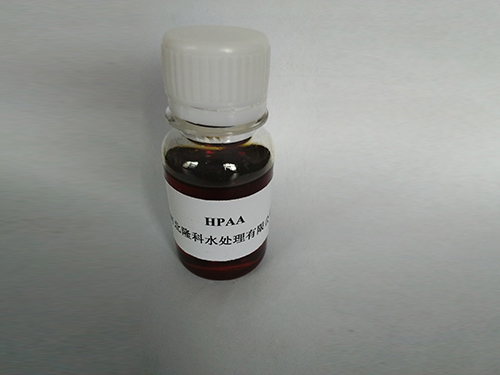polyhydroxycarboxylic acid
Polyhydroxycarboxylic Acids Structure, Function, and Applications
Polyhydroxycarboxylic acids (PHCAs) are a fascinating class of organic compounds characterized by the presence of multiple hydroxyl (-OH) and carboxyl (-COOH) functional groups. These multifunctional acids have gained considerable attention in recent years due to their diverse structural properties and wide-ranging applications in various fields, including medicine, agriculture, and food science.
Structural Characteristics
The basic structure of polyhydroxycarboxylic acids consists of a carbon backbone with one or more hydroxyl groups and one or more carboxylic acid groups. This unique combination allows for complex interactions with biological systems and contributes to their solubility and reactivity. Notable examples of PHCAs include citric acid, tartaric acid, and malic acid, all of which are naturally occurring in fruits and vegetables.
The configuration of the hydroxyl and carboxyl groups plays a significant role in determining the properties of these acids. For instance, the spatial arrangement of the hydroxyl groups can influence the acid's ability to chelate metal ions, thereby enhancing its potential applications in various industrial processes.
Biological Functions
In biological systems, polyhydroxycarboxylic acids perform essential roles. They are often key intermediates in metabolic pathways. For instance, citric acid is a pivotal component of the Krebs cycle, a fundamental metabolic pathway that generates energy in aerobic organisms. Similarly, malic acid plays a crucial role in the citric acid cycle and is involved in various biosynthetic processes.
Moreover, PHCAs exhibit various biological activities, including antioxidant properties, which help in scavenging free radicals and protecting cells from oxidative stress. This attribute makes them attractive candidates for use in nutritional supplements and functional foods.
Industrial Applications
polyhydroxycarboxylic acid

PHCAs have found substantial applications across different industries due to their versatile nature. In the food and beverage sector, citric acid is widely utilized as a natural preservative and flavor enhancer. Its ability to create an acidic environment helps inhibit the growth of harmful microorganisms, prolonging shelf life and enhancing food safety.
In the agricultural industry, polyhydroxycarboxylic acids have been explored for their potential as biofertilizers and biostimulants. These acids can enhance nutrient absorption in plants, improving overall plant health and productivity. Research has shown that the application of PHCAs can lead to increased crop yields and resilience against environmental stresses.
Additionally, PHCAs are used in the production of biodegradable plastics. Their multifunctional nature allows them to be incorporated into polymer matrices, resulting in materials that are both environmentally friendly and exhibit desirable mechanical properties. This application is especially pertinent in the context of reducing plastic pollution and developing sustainable alternatives.
Pharmaceutical Applications
The pharmaceutical industry has also recognized the potential of polyhydroxycarboxylic acids. Their ability to form stable complexes with drugs enhances drug solubility and bioavailability. This property is particularly beneficial for poorly soluble drugs, ensuring that therapeutic agents can be effectively delivered to target sites within the body.
Furthermore, PHCAs have been investigated for their role in drug formulation and delivery systems. For example, they can be used to develop controlled-release systems that improve the pharmacokinetics of medications, thereby enhancing therapeutic efficacy and reducing side effects.
Conclusion
In conclusion, polyhydroxycarboxylic acids represent a multifaceted class of compounds with significant implications across various sectors. Their unique structural features, coupled with their biological activities, render them invaluable in food preservation, agriculture, biodegradable plastics, and pharmaceuticals. As research continues to uncover new applications and benefits of PHCAs, their importance in addressing contemporary challenges, such as food safety, sustainable agriculture, and environmental sustainability, will undoubtedly increase. The exploration of these compounds not only enhances our understanding of organic chemistry but also highlights the interconnectedness of various scientific disciplines in fostering innovation and progress.
-
Water Treatment with Flocculant Water TreatmentNewsJun.12,2025
-
Polymaleic AnhydrideNewsJun.12,2025
-
Polyaspartic AcidNewsJun.12,2025
-
Enhance Industrial Processes with IsothiazolinonesNewsJun.12,2025
-
Enhance Industrial Processes with PBTCA SolutionsNewsJun.12,2025
-
Dodecyldimethylbenzylammonium Chloride SolutionsNewsJun.12,2025





